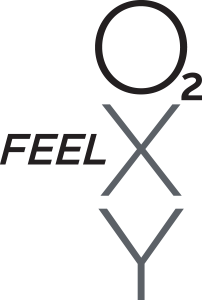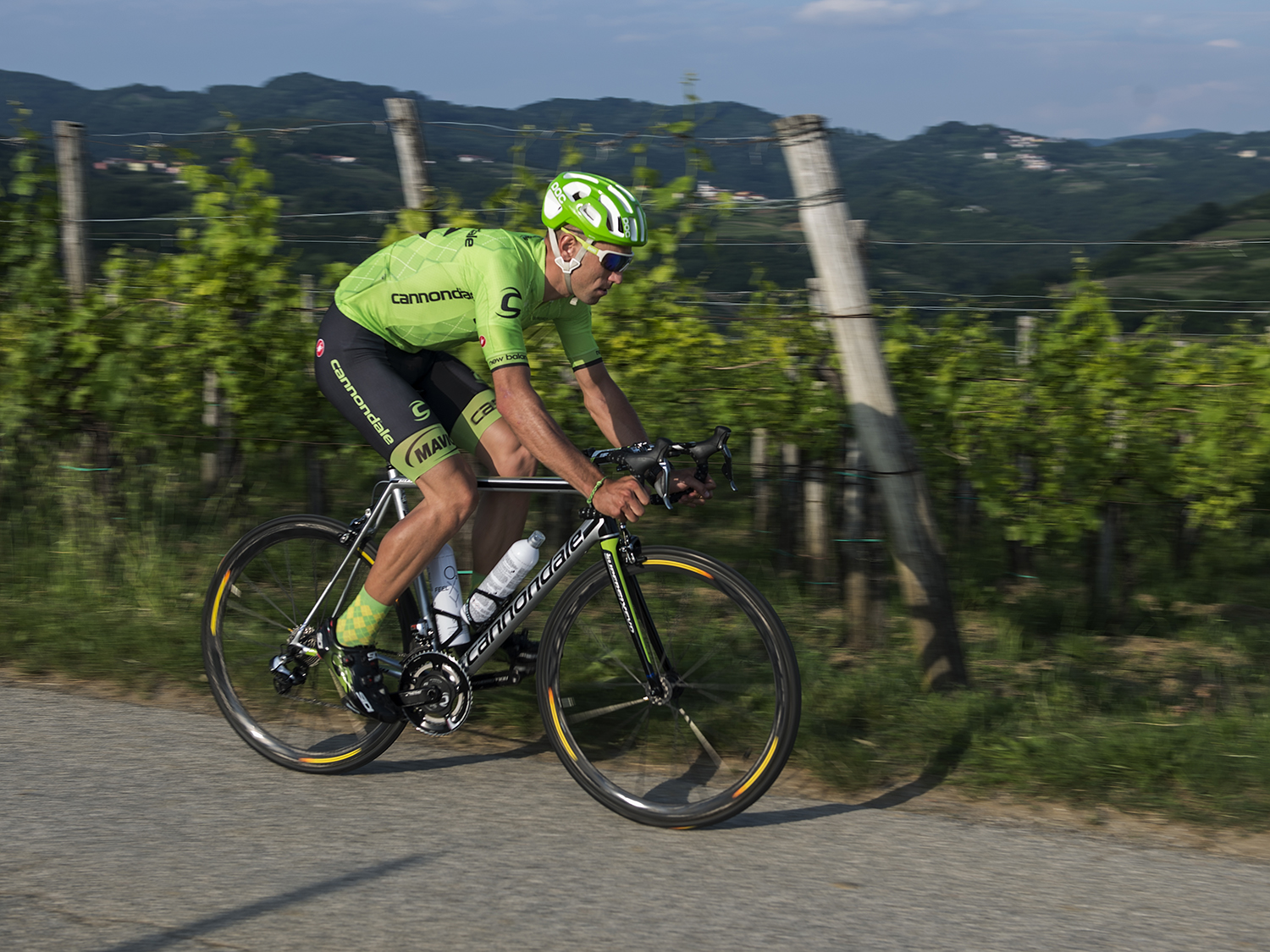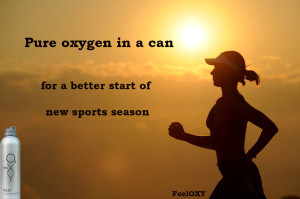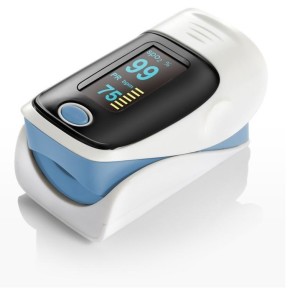It doesn’t happen every day you get featured on one of the top sport active sites in Slovenia just before biggest cycling event Marathon Franja 2016 where oxygen is extra needed.
More on link below:
http://www.polet.si/oprema/kisik-v-plocevinki-za-boljso-pripravljenost











